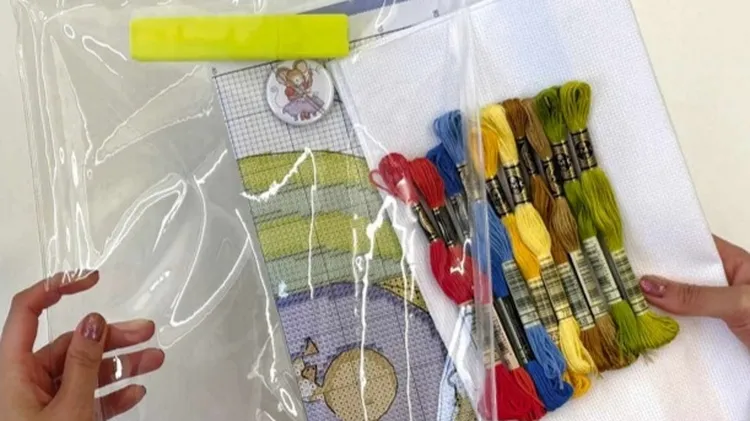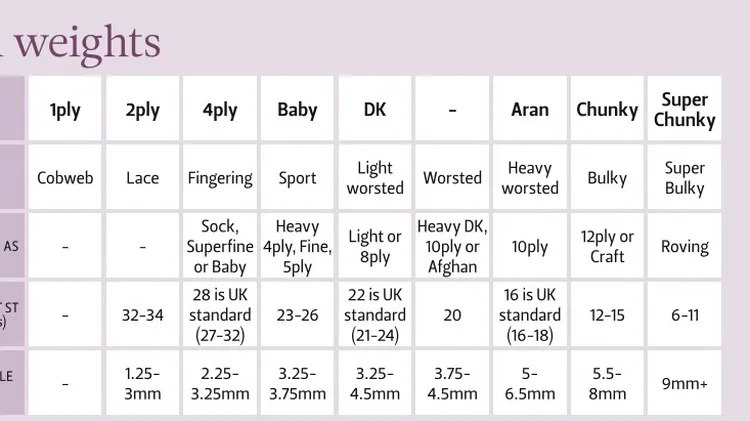On the next few pages you will find all the techniques that are re
Sewing techniques
4 min read
This article is from...
Read this article and 8000+ more magazines and newspapers on Readly






